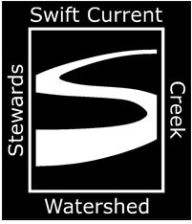 Common Buckthorn
Common Buckthorn Baby's Breath
Baby's Breath Caragana
Caragana Himalayan Balsam
Himalayan Balsam Goutweed
Goutweed Flowering Rush
Flowering Rush Sea Buckthorn
Sea Buckthorn Ox-eye Daisy
Ox-eye Daisy Reed Canary Grass
Reed Canary Grass Salt Cedar
Salt Cedar Absinthe
Absinthe Common Burdock
Common Burdock Common Tansy
Common Tansy Crested Wheatgrass
Crested Wheatgrass Downy Brome
Downy Brome Nodding Thistle
Nodding Thistle Russian Olive
Russian Olive Scentless Chamomile
Scentless Chamomile Smooth Brome
Smooth Brome Spotted Knapweed
Spotted Knapweed Yellow Starthistle
Yellow Starthistle Yellow Toadflax
Yellow Toadflax Purple Loosestrife
Purple Loosestrife Dames Rocket
Dames Rocket Leafy Spurge
Leafy Spurge Sunflower
Sunflower

























